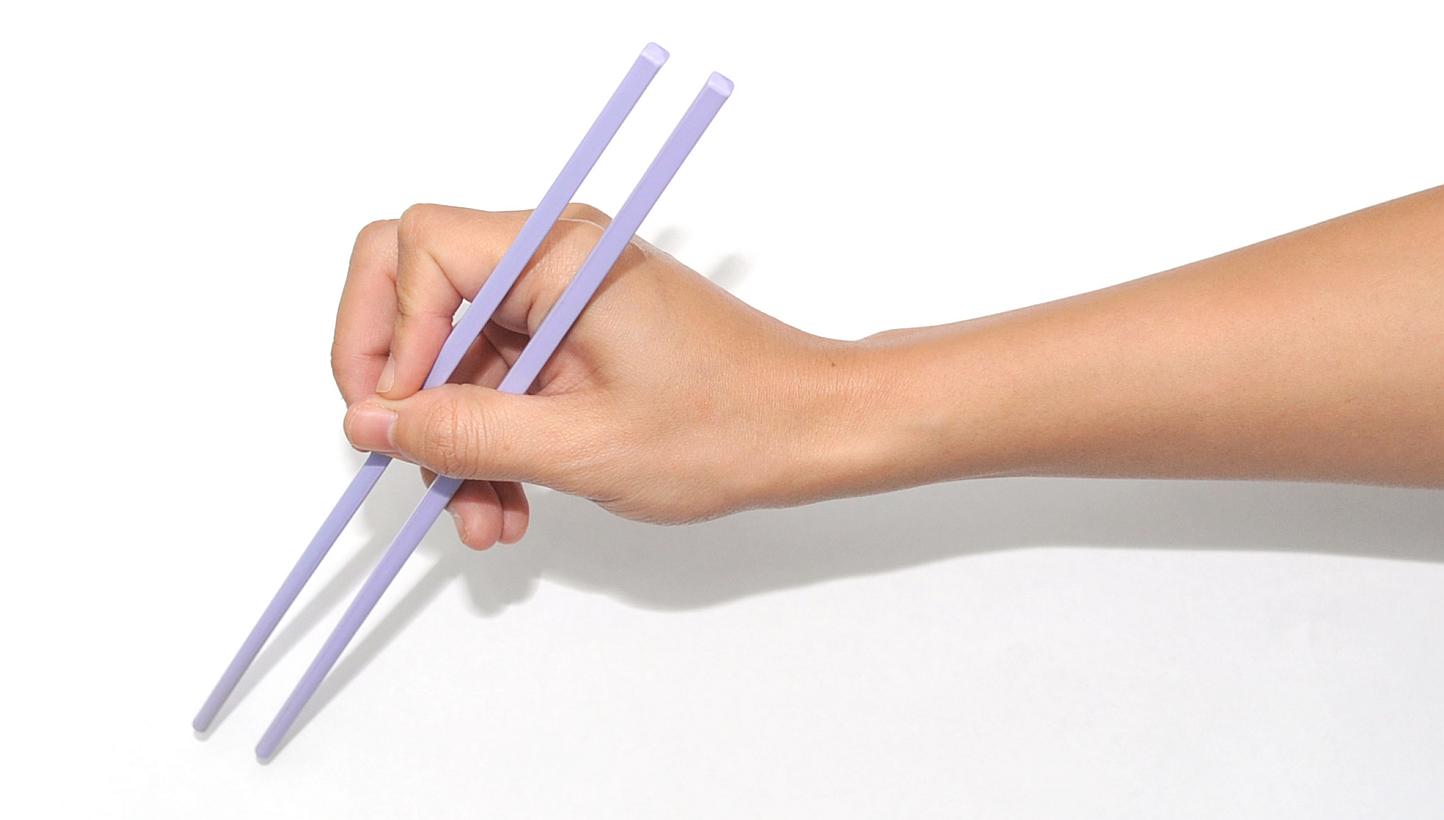Eating rice with chopsticks lowers one's blood sugar level: Local study
Sign up now: Get ST's newsletters delivered to your inbox

If you want to control your blood sugar levels, one effective way could be to eat rice with chopsticks, say local nutrition experts. -- ST PHOTO: JAMIE KOH
Lee Xin En
SINGAPORE - If you want to control your blood sugar levels, one effective way could be to eat rice with chopsticks, say local nutrition experts.
According to Chinese newspaper Lianhe Zaobao, a local study jointly carried out by the Singapore Institute for Clinical Sciences, the National University of Singapore and the Clinical Nutrition Research Centre (CNRC) investigated the eating habits of 11 people, studying the differences between those who use chopsticks, spoons and hands to eat.
They found that those who use chopsticks to eat white rice experienced significantly lower glucose response, meaning that they had lower rates of increase in their blood sugar levels, compared to those who used spoons and hands.
CNRC director Jeyakumar Henry said he was inspired to carry out the study while sitting in kopitiams.
He said: "I lived in England for more than 30 years, and everyone used spoons to eat, but in my three years in Singapore, I realised that the multi-ethnic population here had their own unique ways of eating. This made me think about whether the way we eat affects our glucose response."
"I'm pleased that our survey showed that eating rice with chopsticks results in a lower glucose response. I think it's because when one uses chopsticks, the amount of rice grains picked up is smaller than if one uses his hands or a spoon. As a result, one eats less in a mouthful, and increases the time it takes to eat."
He further explained that when people eat less and chew less, slowly-eaten or incompletely digested carbohydrate particles are larger and take longer to digest, which result in a lower increase in blood sugar after eating.
"For example, you take about 43 mouthfuls to finish a bowl of rice if you're using a pair of chopsticks," he added. "If you use a spoon or your hands, you can finish the equivalent in between 17 and 20 mouthfuls. When you take a longer time to finish eating, it's effective in lowering your glucose response."
He emphasised that a slower rate of glucose response was more effective in reducing the risk of Type 2 diabetes.
The study was published last December in the journal, Physiology and Behaviour. Dr Henry also clarified that international research standards relating to glucose response require only between nine and 12 participants for the results to be significant.
For those who do not have a habit of using chopsticks, Mr Henry said that the message for them is to "enjoy their food slowly, and to eat less in each mouthful".
He highlighted that the result of the study is based on those who use chopsticks to pick up their rice by the mouthful, and is not applicable to those who bring their rice bowls close to their mouths while using chopsticks to 'shovel' the food into their mouths.
Dr Henry also suggested other ways of lowering glucose response, such as eating foods which are low in glycemic index (GI), such as basmatic rice. GI refers to the extent to which a carbohydrate-containing food raises blood glucose.
He also recommended eating rice as part of a meal that includes meat and vegetables, which he said will result in a lower glycemic response compared to consuming white rice on its own. Waiting for hot rice to cool slightly before eating, could also help with lowering glucose response, he added.
xinen@sph.com.sg

